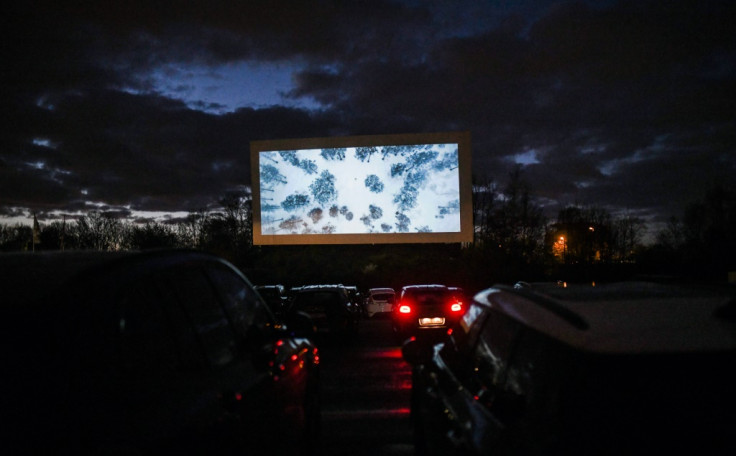The importance of a lens in film
Metadata is used by visual effects teams to build realistic elements that match seamlessly with what was shot practically eliminating the potential for human error.

When you're watching the latest film in the cinema, or TV programme at home, the likelihood of you thinking about the lens used to capture the imagery is probably low (unless you work in the world of professional cinematography, that is).
But the lens plays a pivotal role, not just to help create the beautiful imagery you see on screen, but also one that is increasing with modern filmmaking practices. Whilst the core science of optics has remained broadly the same for many decades, the way filmmakers are recording lens and camera data is adapting at pace.
This is why Cooke Optics has actively changed from being a traditional manufacturing business to an innovation-led one. Cooke has been a major player in the world of cinematography since 1893 and even won an Oscar® for its contribution to the craft in 2013. You can see why when you look back at some of the projects that have been shot on Cooke:
- Charlie Chaplin made perhaps his greatest film, Modern Times, with a Cooke set.
- The famous Imperial Trans-Antarctic Expedition led by Sir Ernest Shackleton was captured using Cooke lenses.
- The jump into technicolour, with the Wizard of Oz, was shot with 3-strip Technicolor cameras which used beam splitters to separate the colours – a genuine Cooke innovation
- The Cooke Speed Panchro quickly became the lens of choice for Hollywood from the 1920s right through to the 1960s being used on major motion pictures from the very first Academy Award winner Wings (1927) to Casablanca (Best Picture winner 1942) and The Sound of Music (Best Picture winner 1965).
- The Varotal Zoom was the first high-quality Zoom designed for professional motion picture photography – films such as T2: Judgment Day and Elizabeth were both award-nominated and used this lens.
- Steadicam, first used to spectacular effect in The Shining, used an 18mm Cooke lens that allowed the rig to pass within an inch of walls and door frames while maintaining the widescreen scope of the shot.
- Groundbreaking TV epics such as Game of Thrones and The Last of Us also chose Cooke lenses.
- Star Trek: Strange New Worlds was shot with Anamorphic/i Full Frame Plus Special Flair lenses, calling for Cooke's new /iTechnology.
Our new i/Technology is a metadata protocol used industry-wide that enables film and digital cameras to automatically record key lens data for every frame shot. Metadata is used by visual effects teams to build realistic elements that match seamlessly with what was shot practically.
The potential for human error is removed because there is no longer a need for the script supervisor to manually write down lens settings for every shot.
Why is this important? Because it allows far more creative control for the cinematographer during the editing process. This is hugely important in productions with a high level of post-production. It's also building a presence in the worlds of animation and gaming, enabling the creation of images that bring the look of the cine lens to imagined worlds too.
Focusing on this technology is one way that we have been able to future-proof the business. In fact, due to the global nature of our business and a leading market share (not only in Hollywood, but in other major global markets such as Europe, China, and increasingly India), we have seen our turnover grow year-on-year, increasing by 50 per cent since 2020 to well over £30 million.
Given the effects of the COVID-19 pandemic on the global economy, this is a real achievement that we are all proud of. In fact, our lenses have a back order length of many months, due to the craftsmanship and length of time it takes to create top-quality lenses, at our factory in the heart of the UK.
So, whilst we celebrate our illustrious history in the world of culture, we have our eyes focused very much on the future, and how our products can help the next generation of professional filmmakers make their mark.

Tim Pugh has a background in leadership roles across premium manufacturing and distribution businesses, providing technical products to specialist markets via strong international partner networks. Prior to joining Cooke Optics, he was CEO of James Briggs Ltd, a leading manufacturer of technical products for industrial and automotive markets, where he grew the business substantially. Tim joined Cooke in October 2020 and has led it through the huge challenges of the Pandemic and driven investments in new product development, new UK manufacturing sites and flagship showrooms in China, Hollywood and London.
© Copyright IBTimes 2025. All rights reserved.





















